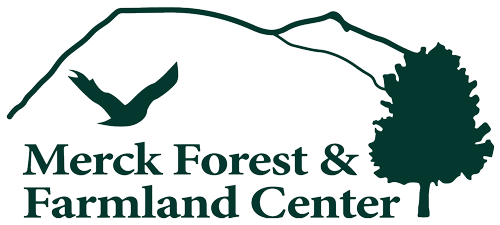Maple! Maple! Maple!
Maple Syrup Production
Our current sugarbush is located on a north-facing slope and has roughly 2,900 taps. Installed in the winter of 2012, our thirty-five-acre sugarbush is easily accessible and managed by our staff and apprentices.
For sixty years we’ve been producing maple syrup at Merck. Equipment and techniques used may have evolved, but our commitment to demonstrate “best practices” in producing Vermont’s iconic product remains constant.
As springtime sap is flowing, Covid-19 is starting to ebb somewhat. At Merck Forest & Farmland Center, we continue to take public safety precautions for staff and visitors alike very seriously. If you plan to visit in the coming weeks, please be aware of and respect these “Saphouse Rules”. Thanks for doing your part. Look for updates on sugaring operations @ merckforest.org and on facebook/merckforest.
One group at a time is permitted inside the Saphouse’s upper viewing area (enter via the deck) – masks required and standard Covid rules apply.
Groups are also welcome to view the sugarmakers at work from the outside of the Saphouses’s lower level – through the windows and woodshed doors if they are open. Again, masks required and standard Covid rules apply.
Whenever able, MFFC staff will give folks at the window or in the upper viewing area a quick overview of what they are seeing.
No visitors are permitted in the woodshed or downstairs in the Saphouse. The woodshed will be roped off with a sign indicating “Staff Only”. Signage will be visible to help you chart your course.
Sugarbush Schedule
No two seasons are alike, but here’s a general idea of what maple-related activities you can expect while visiting through the year.
This is the exciting time of year! As nighttime temperatures plunge and daytime temps go above freezing, the sap begins to run.
Staff members run the wood-fired evaporator to boil off excess water, in shifts around the clock.
- Sugaring & vacuum lines are repaired and cleaned throughout the 250 acre Sugarbush.
- Downed limbs are removed from the lines.
- Tree health is evaluated.
- Cordwood is processed throughout the property and stacked at the Sap House.
- Taps are installed in the trees.
- Equipment is cleaned & prepared for the boil.


